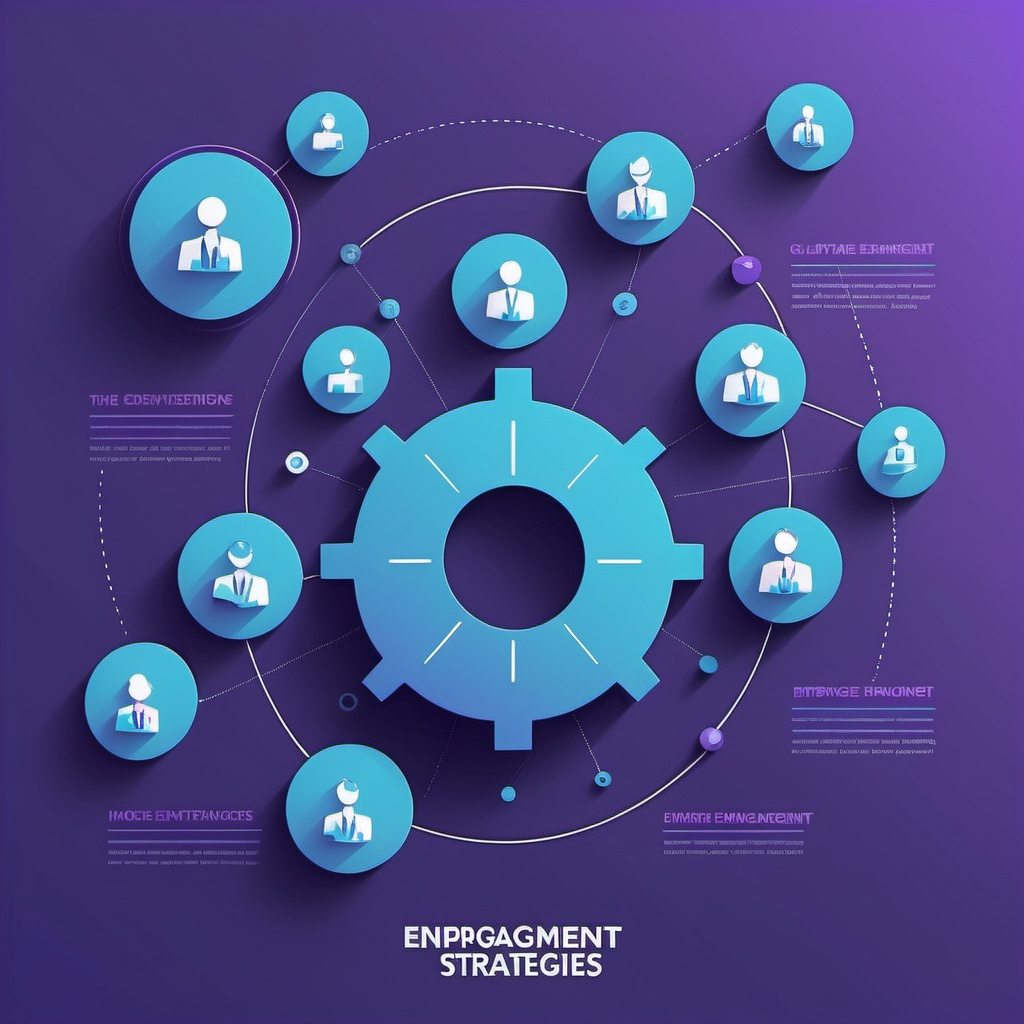How to Avoid Workplace Conflict: 8 Tips for Reducing Tension
Effective communication and active listening are crucial to avoiding workplace conflict. Encouraging an open environment where employees feel comfortable expressing their thoughts can reduce misunderstandings and potential disputes. It’s important for team members to listen to each other attentively and respond thoughtfully.
Setting clear expectations and responsibilities helps prevent conflicts related to job roles and performance. When everyone understands their duties and the standards they need to meet, it decreases the chances of miscommunications and unmet expectations.
Cultivating a culture of respect and professionalism is essential in a diverse workplace. Treating colleagues with kindness and considering their viewpoints fosters a positive work environment. This attitude, combined with regular feedback and conflict resolution training, can transform how teams handle and prevent conflicts.
Understanding the Roots of Conflict
Workplace conflict can arise from various sources and can take different forms. Grasping these root causes helps in addressing and preventing issues effectively.
Common Types of Workplace Conflict
Conflict in the workplace generally falls into several categories.
- Interpersonal Conflict: This occurs between individual employees due to personal differences or competing objectives.
- Task-Based Conflict: This type of conflict arises when team members disagree on how to complete a task or project.
- Role Conflict: On the other hand, this type of conflict happens when an employee’s job roles and responsibilities are unclear or overlapping, leading to confusion.
- Value Conflict: This is a tough one for employers, although certainly not impossible to deal with. This type of conflict surfaces when employees have differing beliefs or lifestyles that clash in a professional setting. You can view more resources online to deal with this tough situation.
- Organizational Conflict: Lastly, organizational conflict involves issues within the structural framework of the company, such as hierarchy or resource allocation.
Common Causes of Disagreements
Disagreements at work commonly stem from miscommunication and poor management practices. Misunderstood instructions or lack of clear communication can cause frustration. Differing expectations about job roles may also lead to conflicts. Employees may receive conflicting messages about priorities or performance standards.
Limited resources like time, budget, or tools can create competition and tension. When employees feel they are not being treated fairly, conflicts are likely to occur. It’s certainly worth noting that cultural differences can be a source of misunderstanding, as diverse backgrounds lead to different ways of thinking and working.
Disagreements come in many forms and for many reasons, but effective communication strategies can help mitigate even the most tense situations.
Effective Communication Strategies
Effective communication is key to reducing workplace tension and preventing conflicts. It involves active listening and constructive expression of concerns.
#1 Active Listening Techniques
Active listening means fully concentrating, understanding, and responding thoughtfully to what others are saying. It’s important to maintain eye contact, nod, and use verbal affirmations like “I see” or “I understand.”
Avoid interruptions since they can cause frustration. Paraphrasing what the speaker has said can also help ensure clarity. When a person feels heard, it often reduces tensions.
Using body language that shows attentiveness, such as leaning slightly forward, can enhance communication. Not only does this show interest, but it also encourages openness from the speaker.
#2 Expressing Concerns Constructively
Expressing concerns constructively is crucial for avoiding misunderstandings. Be specific about the issue without making generalized statements or attacking the person.
Using “I” statements rather than “You” statements can prevent defensiveness. For example, someone may say “I feel that deadlines are too tight to be realistic,” instead of “You are always rushing us.” This focuses on the issue rather than the individual.
Offering potential solutions can also demonstrate a collaborative approach. This helps in finding a resolution while minimizing potential conflict. Addressing issues privately rather than in public settings helps in maintaining a respectful tone and reduces pressure on the other party.
These techniques foster a more harmonious workplace environment, something we can all appreciate.
Building a Cooperative Team Environment
Creating a cooperative team environment requires promoting collaboration and ensuring that everyone feels respected and appreciated. This can reduce workplace tension and enhance productivity.
#3 Foster Team Collaboration
Encourage open communication among team members. Use regular meetings and brainstorming sessions to share ideas. Many companies feel weekly check-ins or department meetings are ideal, although busier schedules may require bi-weekly or monthly instead. This helps team members feel involved and valued.
To best foster collaboration at these meetings, provide clear goals and objectives. Everyone should know what they are working towards. Use visual aids like charts and timelines to keep track of progress.
Implement team-building activities. Exercises such as group challenges can improve trust. Consider both in-person and virtual activities depending on the team’s structure.
The best way to reduce tension is by addressing conflicts quickly and providing mediation when needed. At these meetings, encourage team members to voice concerns respectfully to prevent issues from escalating.
#4 Demonstrate Respect and Appreciation in the Workplace
Show appreciation for team members’ contributions. Recognition can be public, such as during a meeting, or private, such as a thank-you note. This fosters a positive work culture. Also, respect individual differences. Acknowledge that diverse perspectives bring value to the team. Ensure policies promote inclusivity.
Encourage a culture of mutual support. Team members should help each other. Offer training on conflict resolution and effective communication.
Use incentives and rewards to motivate employees. Consider different recognition methods, such as bonuses or extra time off. Who doesn’t love a gift card or an extra $100 in their paycheck? Of course, it’s important to create a structured system to ensure everyone gets appreciated equally. This shouldn’t be misconstrued as management playing favorites. A respectful environment lessens misunderstandings and promotes cooperation.
Conflict Resolution Methods
Addressing workplace conflict involves effective strategies focusing on negotiation, compromise, mediation, and intervention. Each approach helps manage disagreements diplomatically and ensures a harmonious work environment.

#5 Negotiation and Compromise
Negotiation serves as the foundation for resolving workplace conflict. This method encourages open communication between parties, fostering an environment where all sides can express their grievances and desires. Active listening is crucial in this process.
Compromise is often the endpoint of a successful negotiation. It requires both parties to make concessions, ensuring that a mutually beneficial agreement can be reached. Consistent follow-ups help ensure that the agreed-upon terms are respected.
Key steps in facilitating a compromise include:
- Identify the root cause of the conflict.
- Engage in active listening to understand each perspective.
- Explore potential compromises that work for all involved.
- Document the agreement to avoid misunderstandings.
#6 Mediation and Intervention Strategies
Sometimes, a tough situation between two distinct personalities can’t be solved by the people actively involved in the tension. Mediation involves a neutral third party who facilitates discussions between conflicting parties. The mediator’s role is to guide the conversation, ensuring it remains productive and focused. This approach is particularly useful when the involved parties cannot communicate effectively on their own.
Intervention strategies often include formal processes like arbitration or using an ombudsperson. These methods provide structured environments where conflicts can be resolved more formally if mediation fails. Intervention aims to ensure fair outcomes and maintain workplace harmony.
Common practices for mediation include:
- Select a neutral mediator with no vested interest in the outcome.
- Establish clear rules and goals for mediation sessions.
- Evaluate whether formal intervention is needed based on the conflict’s complexity.
- Implement solutions and monitor their effectiveness over time.
Maintaining a Positive Work Atmosphere
Creating a thriving work environment involves ongoing efforts to develop employee skills and clear guidelines for workplace behavior. These efforts help in reducing conflicts and fostering a more cohesive team.
#7 Facilitate Ongoing Training and Development
Regular training sessions equip employees with the necessary skills to perform their roles effectively. Companies can organize workshops, seminars, and online courses to aid in this endeavor. Employees who feel competent are less likely to become frustrated or anxious, leading to a more harmonious workplace.
Mentorship programs can also be beneficial. Pairing less experienced employees with seasoned mentors can foster a supportive environment. It encourages knowledge sharing and reduces potential misunderstandings.
Feedback mechanisms, such as performance reviews, help employees understand their strengths and areas for improvement. Constructive feedback delivered respectfully can significantly reduce workplace tension.
#8 Establish Clear Policies and Procedures
Clear, well-defined policies and procedures set the standard for acceptable behavior. Employees should know what is expected of them and the consequences of not adhering to guidelines. This clarity can prevent misunderstandings and conflicts.
A comprehensive employee handbook can serve as a reference. It should cover policies on attendance, dress code, communication, and conflict resolution.
Regularly reviewing and updating policies ensures they remain relevant. Engaging employees in this process can enhance their commitment to following these guidelines.
Dispute resolution mechanisms, like mediation and grievance procedures, should be easily accessible. Ensuring that employees know how to resolve issues formally can prevent conflicts from escalating.
All workplaces have conflict. Planning for it ahead of time and putting procedures in place that ease tension are key to a harmonious, productive working environment for everyone.









